Opus Anglicanum at the V&A, London
Opening on 1 October until 5 February 2017 at London’s Victoria and Albert Museum, ‘Opus Anglicanum: Masterpieces of English Medieval Embroidery’ presents some of the most beautiful textiles ever produced in England.
The Latin term Opus Anglicanum, coined in the 13th century and meaning ‘English Work’ refers to a corpus of skilled needlework made mainly in 12th-15th century London. The South Kensington Museum (now the V&A) started to collect such work in the late 19th century, so that the V&A’s collection is now the largest of its kind. Significant loans from European collections mark the first time that certain items have returned to the UK since their creation and, due to their age and fragility, this is likely to be the last time that an exhibition on such a scale will be possible.
Co-curator Clare Browne comments: “The exquisite attention to detail in these embroidered works makes them not just impressive examples of craftsmanship and luxury materials, but vivid glimpses of life both in reality and in the medieval imagination. From the grim torture of martyred saints to a mother’s tender swaddling of her new-born baby, scenes are depicted with a meticulous precision that the sophisticated embroidery techniques made possible.”
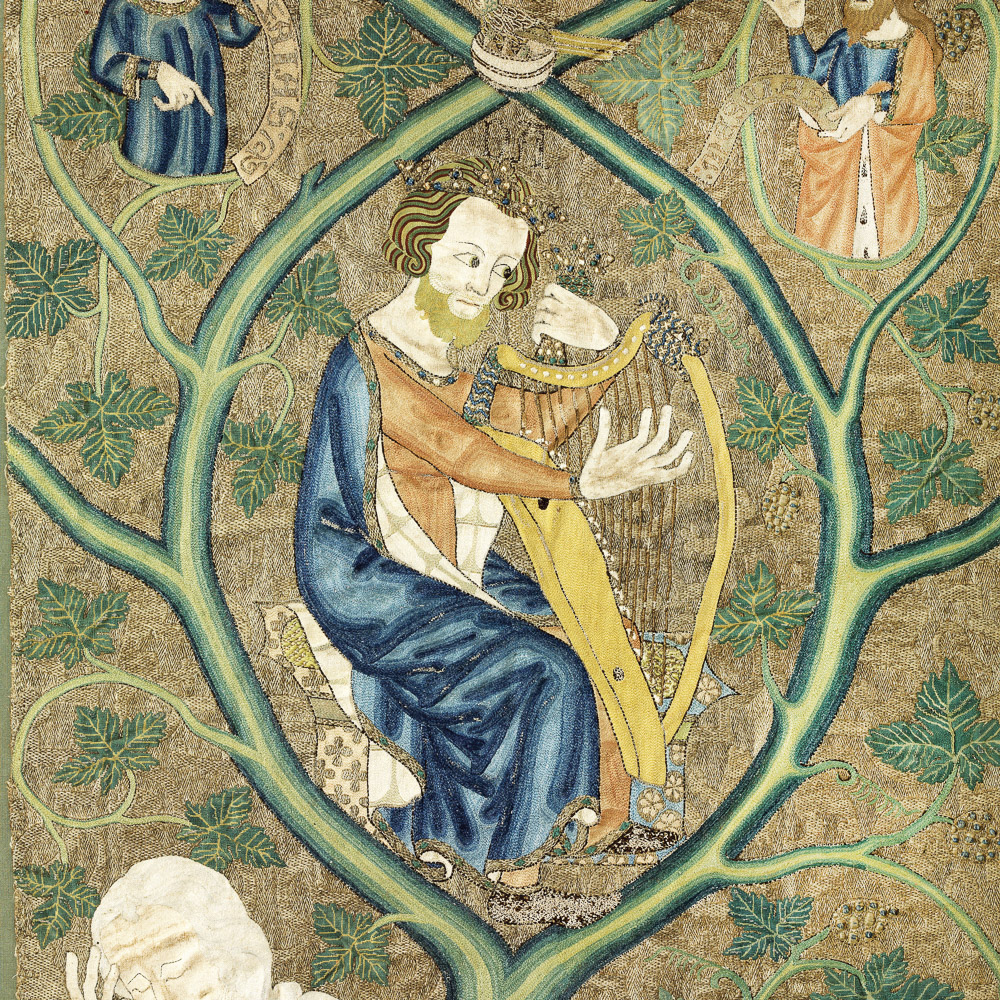
King David, detail from an orphrey panel depicting the Tree of Jesse, England, circa 1310-25. MTMAD, Lyons
In two articles in HALI 189, Browne introduces the exhibition and takes a detailed look at a set of 14th-century needlework panels with scenes from the Life of the Virgin. An extract follows:
“The courts, palaces and great churches of medieval Europe drew much of their visual splendour from the magnificent textiles used to furnish them and to make the fine clothing and vestments worn in their surroundings. Such textiles were indispensable markers of wealth, power and status.
“Embroidery was the technique chosen for some of the most elaborate undertakings. The inclusion of precious metal thread, pearls and gemstones could make it immensely valuable on the basis of its raw materials alone; and these materials were employed in work of accomplished design and high craftsmanship.”
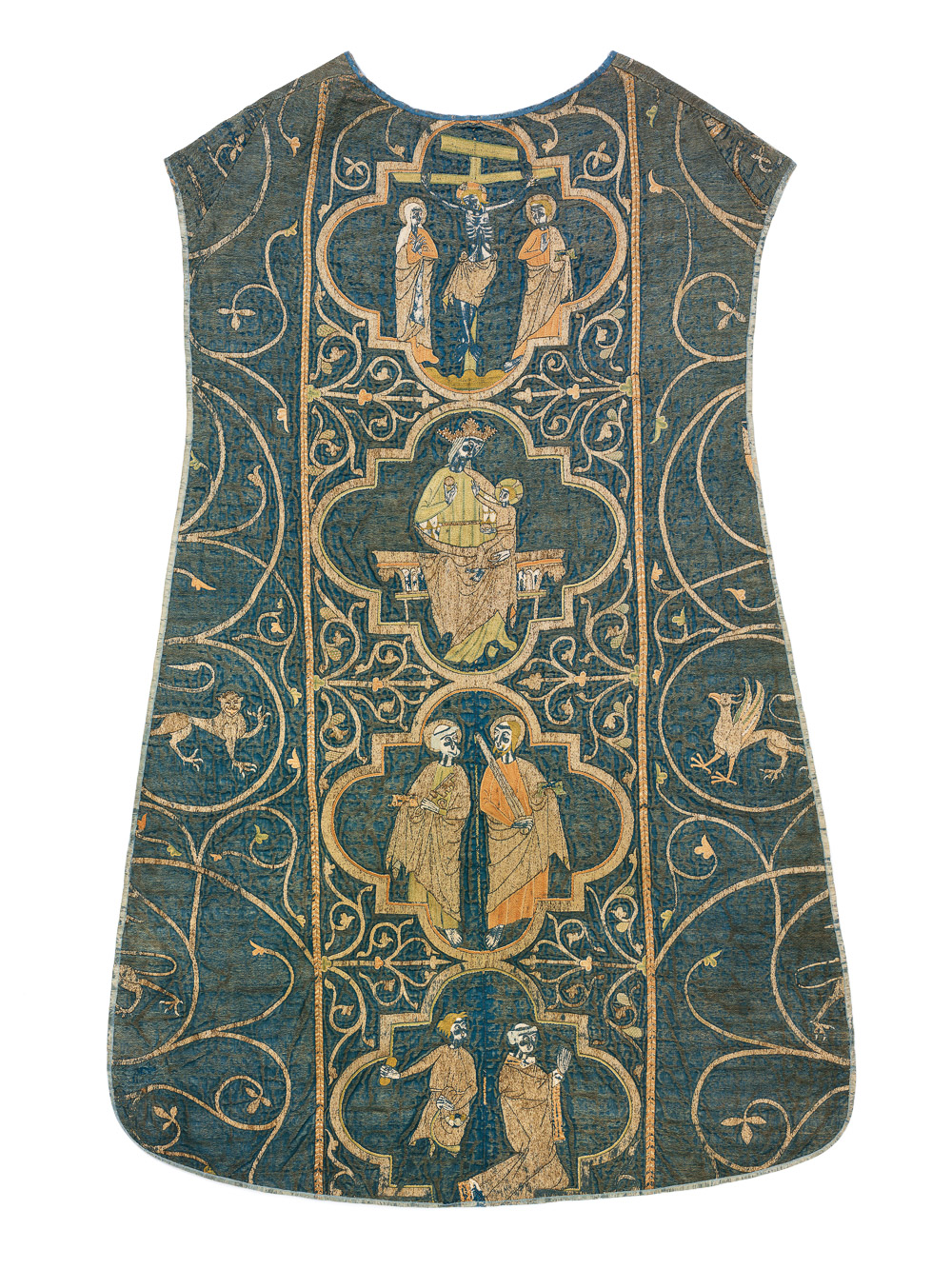
The Clare Chasuble, Persia (?) (satin weave ground cloth), England (silk, silver and silver-gilt embroidery), circa 1270-1294. Victoria and Albert Museum, London, 673-1864



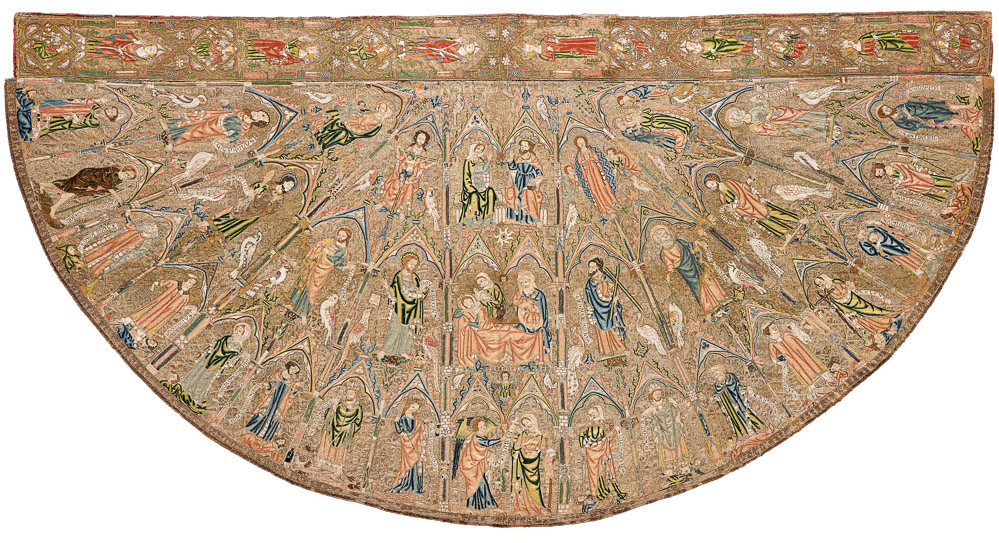
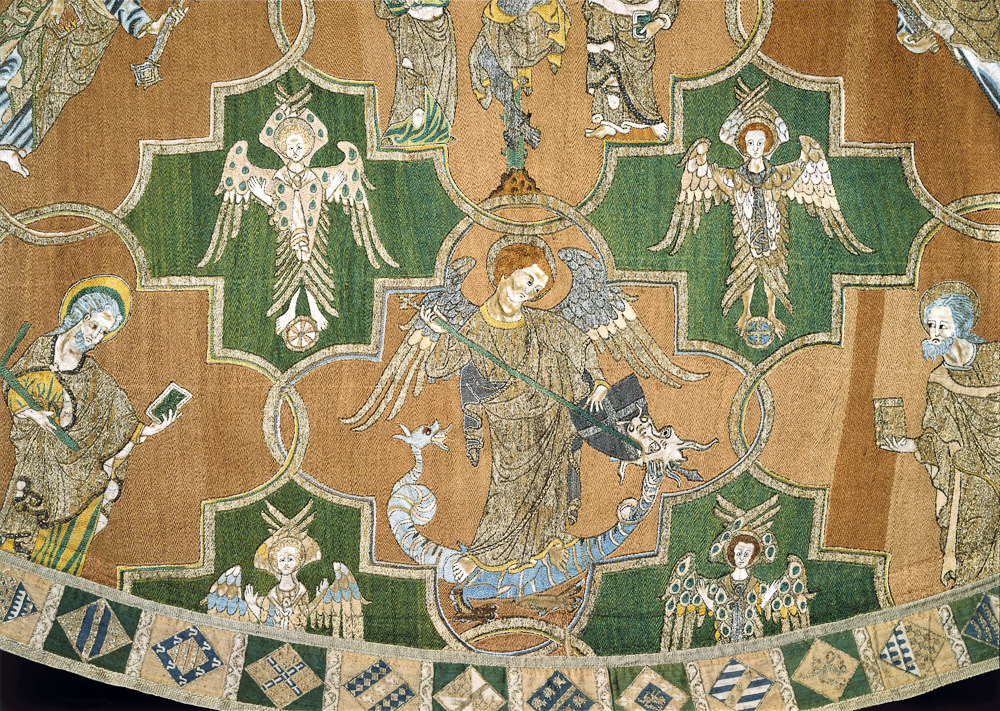
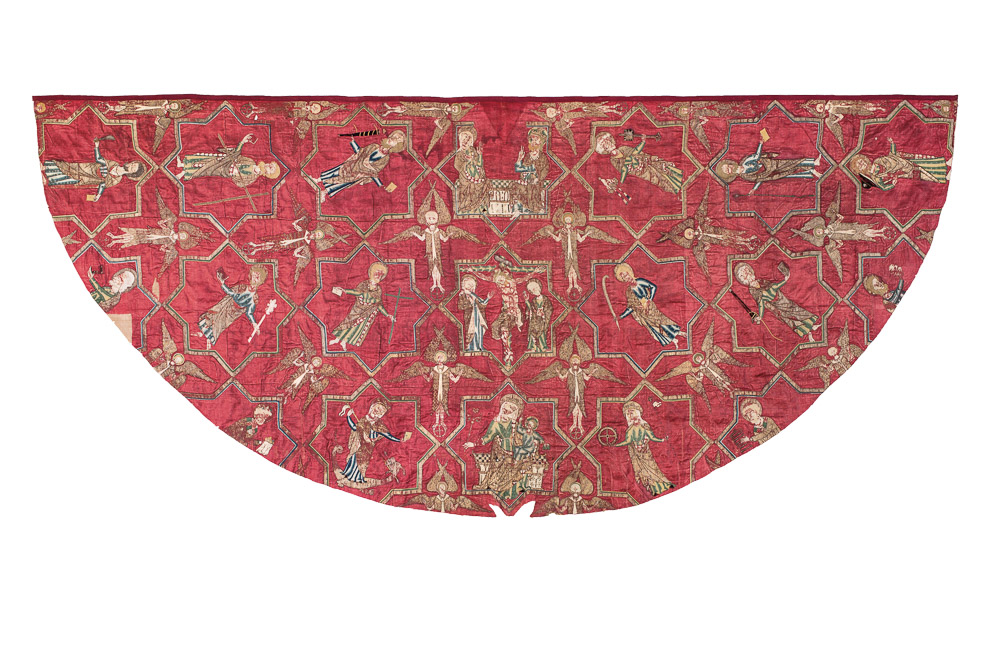





















Comments [0] Sign in to comment